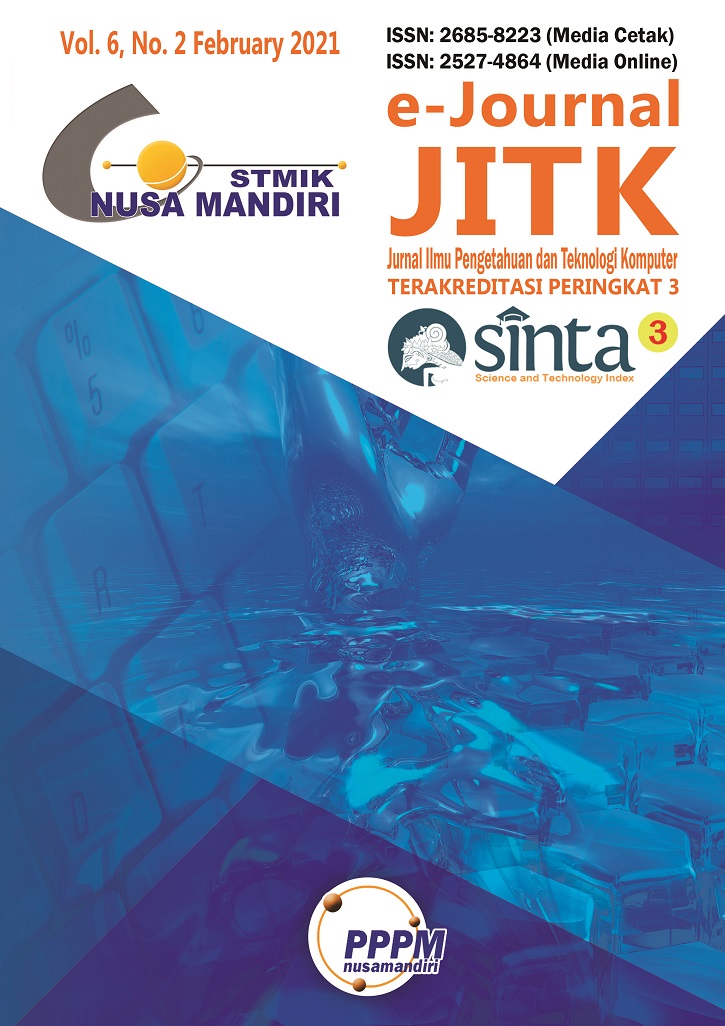COMPARISON OF REGIONAL CLUSTER ANALYSIS ACCORDING TO INCLUSIVE DEVELOPMENT INDICATORS IN JAVA ISLAND 2018 BETWEEN HIERARCHICAL AND PARTITIONING CLUSTERING STRATEGIES
DOI:
https://doi.org/10.33480/jitk.v6i2.1939Keywords:
Cluster Analysis, Agglomerative Nesting (AGNES), K-Means, Inclusive GrowthAbstract
Gross Domestic Product (GDP) is one of the most common indicators to reflect a nation’s development. Indonesia's GDP has an average growth rate of 5 percent over the 2015-2019 period with the highest growth rate occurred in 2018. Furthermore, the provinces in Java Island contributed the most out of any province to Indonesia’s GDP in that year. However, the development in Java Island still has several issues, such as high poverty, unequal income distribution, and high unemployment. This problem indicates that the economic growth in Java Island has not been inclusive concerning development. This study aims to group regencies/municipalities in Java Island based on indicators of inclusive growth. These indicators refer to McKinley (2010) in a journal published by the Asian Development Bank (ADB). The cluster methods used to represent each hierarchical and partitioning are the Agglomerative Nesting (AGNES) and K-Means methods. The results of this study show that there are 3 clusters based on the AGNES method and 4 clusters based on the K-Means method. Clusters with good inclusive growth characteristics are dominated by municipality areas based on the K-Means method. Meanwhile, the clusters with low inclusive growth characteristics are dominated by regencies/municipalities on Madura Island based on the K-Means and AGNES methods. The comparison of the appropriate methods in this study based on the silhouette value is the AGNES method.











-a.jpg)
-b.jpg)














